I’ve always loved crafting natural lipstick, but sometimes a touch of gloss is just what I need. A homemade, natural lip gloss can give your lips a shiny, colorful look while being easy to create. Here’s how you can whip up a moisturizing and nourishing natural lip gloss.
Creating Your Own Lip Gloss
A common DIY project involves mixing Vaseline (petroleum jelly) with crayons for a quick colorful gloss. However, this comes with significant issues.
Petroleum jelly, which comes from the oil refining industry, poses potential health risks due to toxic hydrocarbon contamination and the breakdown of skin collagen. These toxins can build up in the body and even transfer through breast milk.
As for crayons, although they’re non-toxic, they aren’t designed for skincare use, particularly ingestion. The proprietary pigments in crayons, unlike DIY crayons, offer no transparency in their composition. Crayola has explicitly advised against using their crayons for cosmetic purposes.
So, how can you craft your own lip gloss at home?
Recipe for Homemade Lip Gloss
Numerous safe and natural ingredients await your lip care concoctions! A lip balm recipe works wonders for hydrating, and a natural gloss does more. Carrier oils deliver moisture, while beeswax and shea butter offer protection. Add a few drops of essential oil for a pleasant aroma and extra benefits.
If you want some color, you can infuse your carrier oil with alkanet root for a red hue or use mica for shimmer. Beetroot powder is sometimes suggested, but it tends to be gritty and lacks pigment.
Steps to Make Lip Gloss
Now that we’re skipping the crayon and Vaseline route, what’s the alternative? Many commercial lip glosses use bases like Versagel, with complex ingredients such as Hydrogenated Polyisobutene and Pentaerythrityl Tetra-di-t-butyl Hydroxyhydrocinnamate.
I prefer not to apply those compounds to my lips!
Instead, this recipe employs carrier oils, beeswax, castor oil, and optionally, alkanet root for pigmentation. Castor oil is crucial as it not only nourishes but gives lips a glossy finish. For a clear gloss, simply omit the alkanet root. Sweet almond oil, olive oil, and jojoba oil make great substitutes. I avoided coconut oil because it solidifies when cold, which could affect application.
Choosing the Right Containers for Lip Gloss
While homemade lip balms often fit well in twist-up containers or tins for gifting, lip gloss’s softer consistency doesn’t. Most gloss tubes with applicators on retail sites are plastic. A popular squeeze bottle option is also plastic. Instead, I recommend using glass roller bottles for your lip gloss.
Should you lack roller bottles, metal tins or glass jars work too. Note that the gloss’s soft nature may lead to a bit of mess. Increasing the beeswax can help solidify the gloss if stored in a jar.
Add Scent to Your Lip Gloss
Essential oils offer a straightforward, healthy way to scent your gloss. However, some like cinnamon, clove, and lemongrass can irritate or burn, even in minute quantities. Others, including lime, lemon, and bergamot, are phototoxic, potentially causing burns under sunlight exposure.
Consider these lip-safe options when diluted correctly:
Mix and match various scents to create custom flavors to your liking!
This simple lip gloss provides moisture and a dash of natural color. Make it basic or sprinkle in some mica for sparkle!
Yield: 1 ounce
Author: Katie Wells
Instructions:
- Combine beeswax, shea butter, jojoba oil, and castor oil in the top of a double boiler or glass bowl.
- Heat over medium-high, occasionally stirring until fully melted.
- Turn off the heat, whisking in vitamin E oil, mica, and essential oils if desired.
- Next, vigorously stir in the glycerin if using.
- Quickly pour the mix into your containers.
Notes:
- Store in a roller bottle or add up to 3/4 teaspoon of beeswax for jar storage.
- For natural color, infuse with alkanet root: use 1 tsp ground alkanet root to 2 TBSP carrier oil, infuse over low heat for 1 to 2 hours, then strain the powder.
Explore More Natural Beauty Solutions
Here are additional DIY recipes you might enjoy. They make excellent gifts (and don’t forget to treat yourself, too!).
Have you tried creating your own makeup before? What products would you like us to feature in recipes? Share your thoughts in the comments!


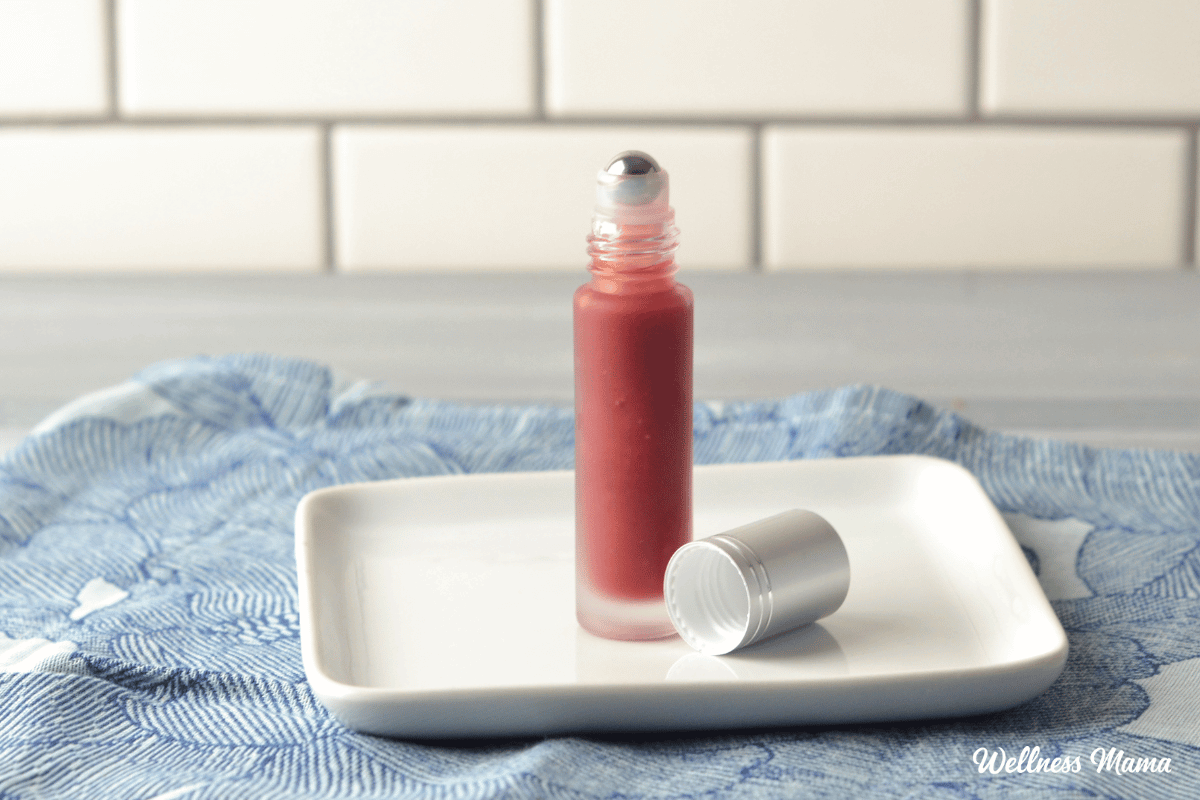
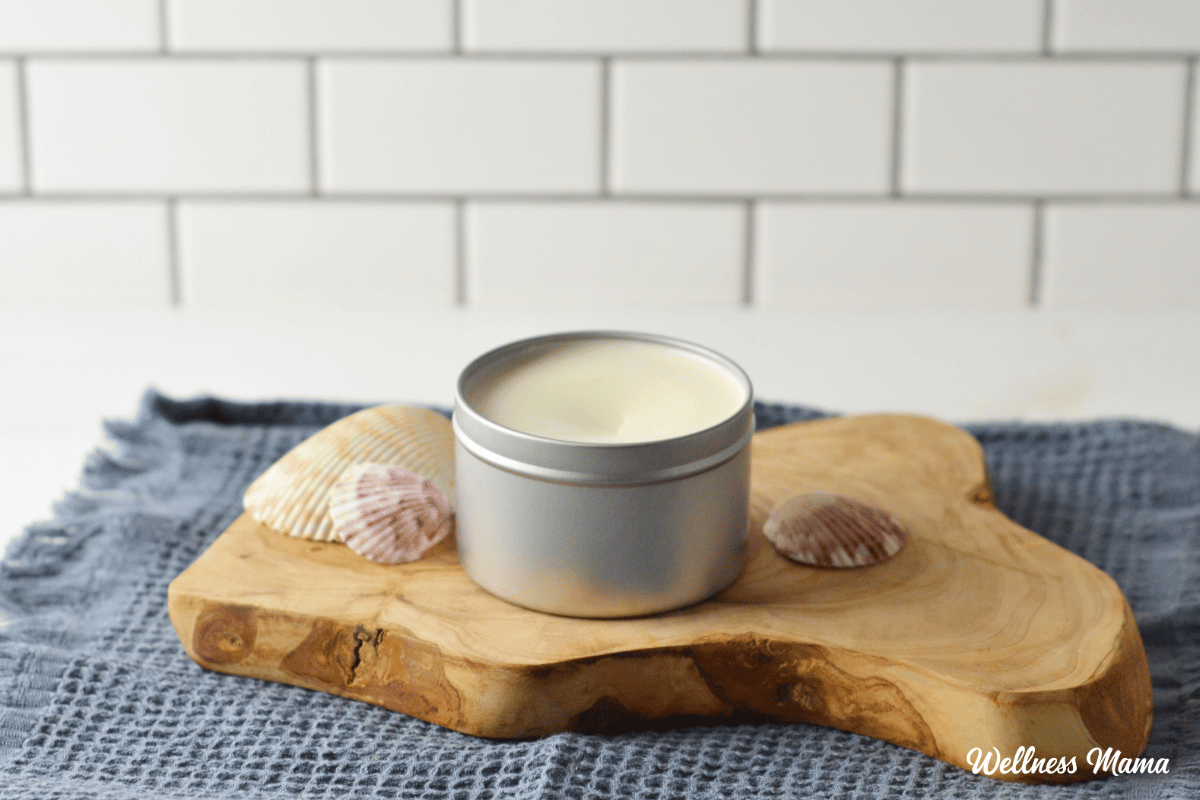
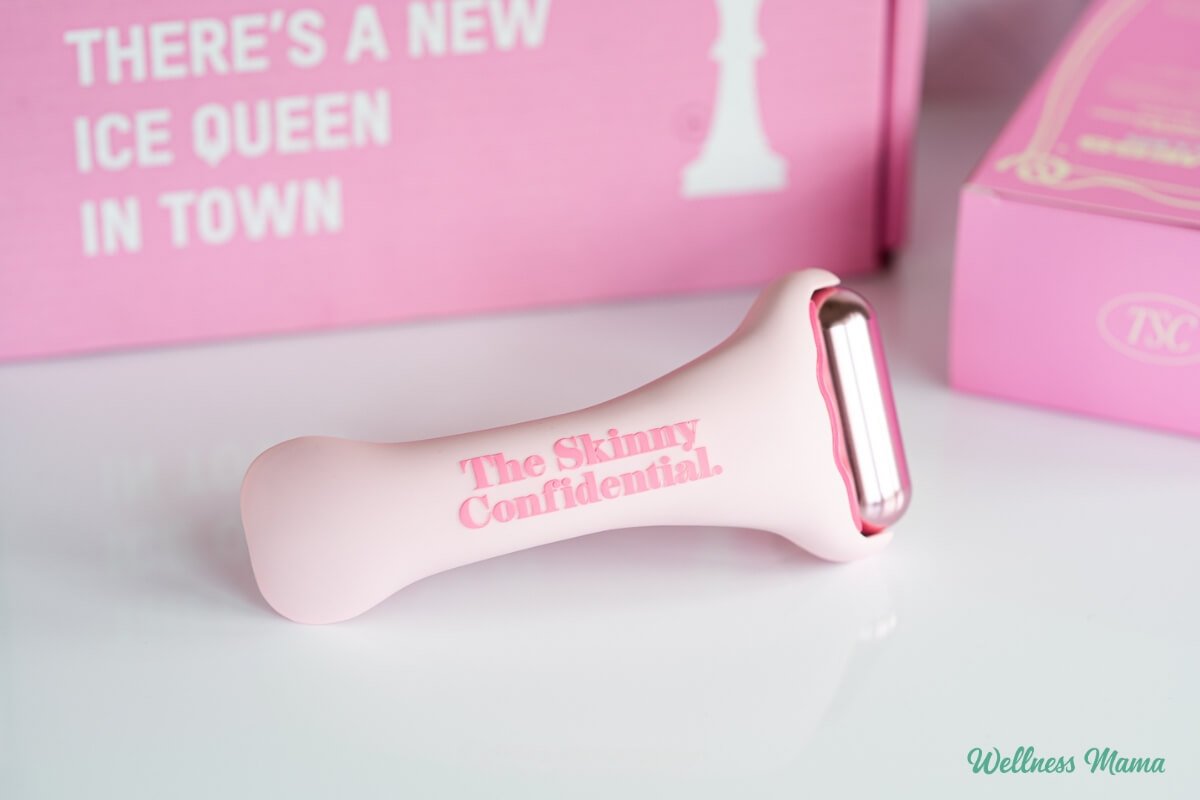
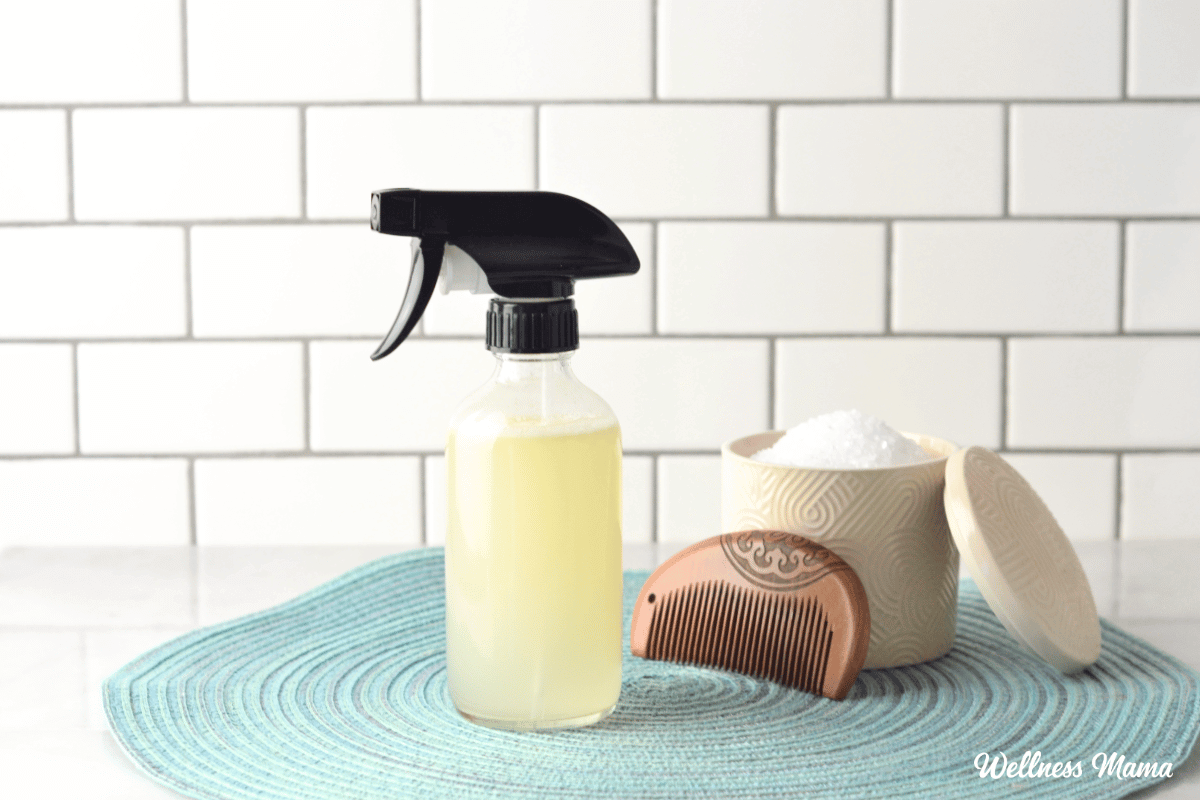
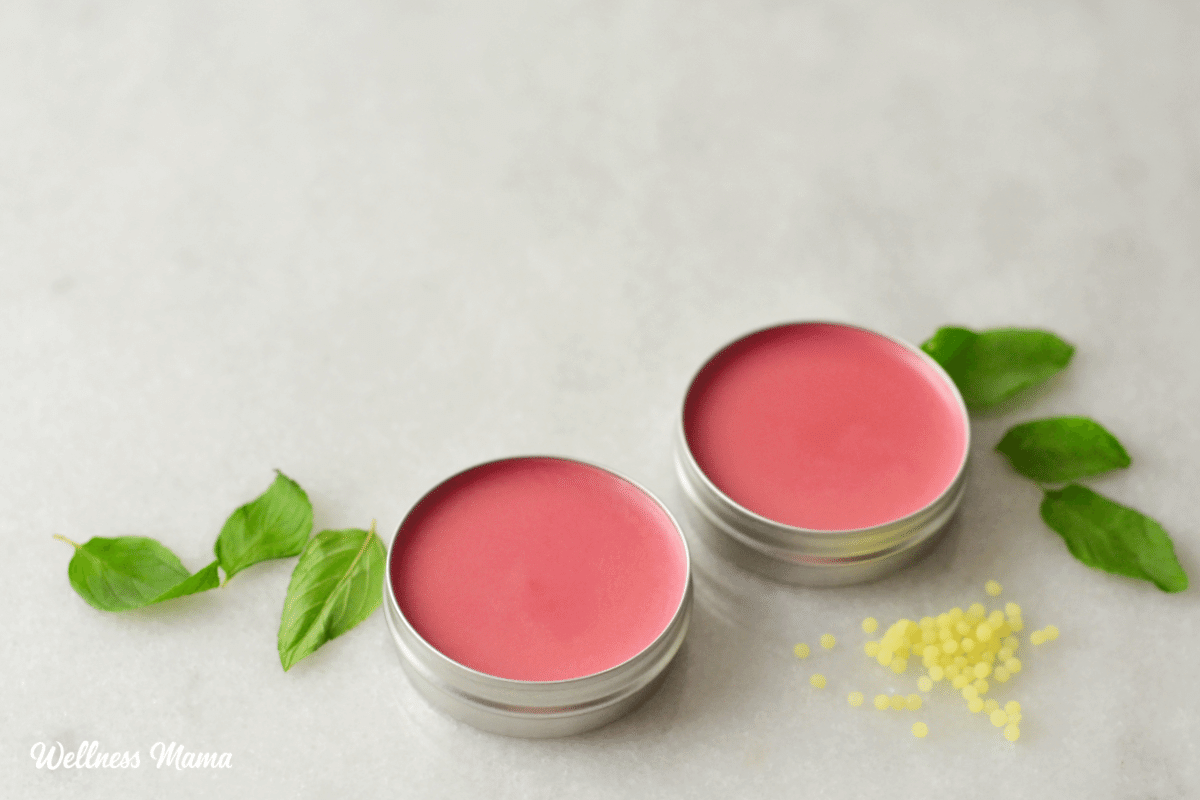
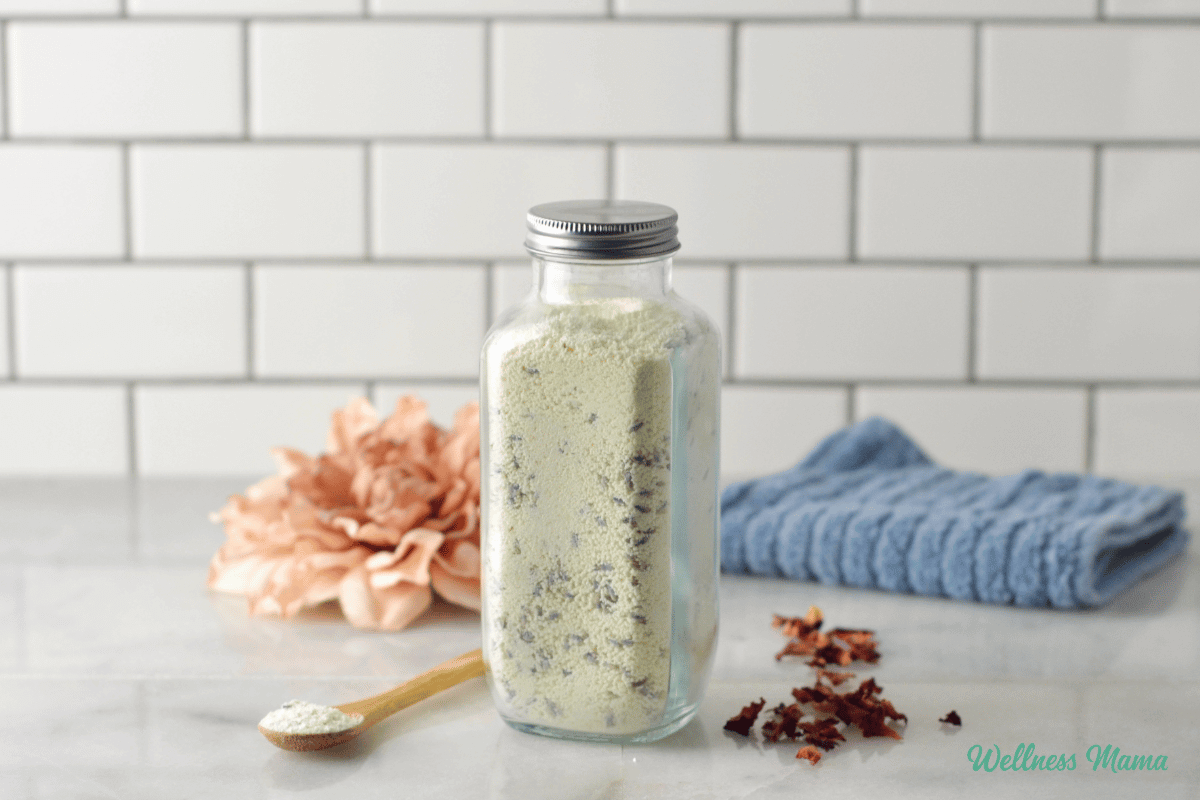

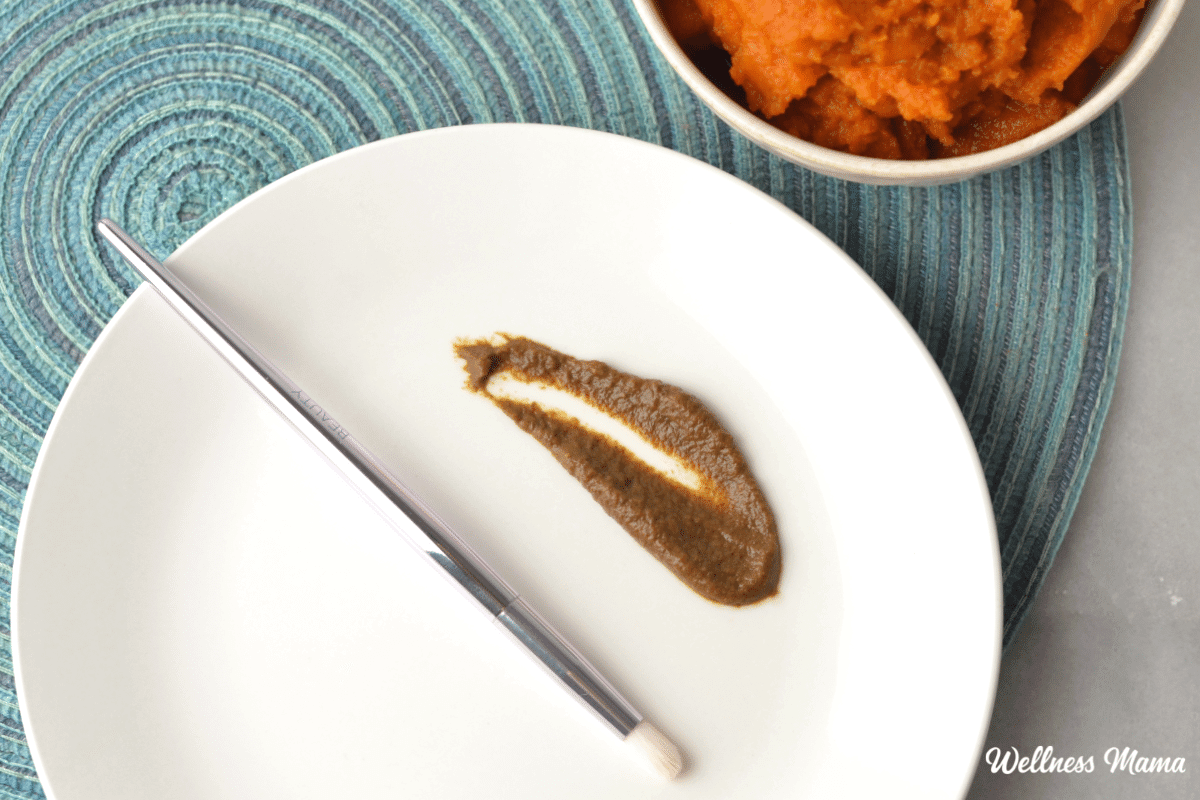


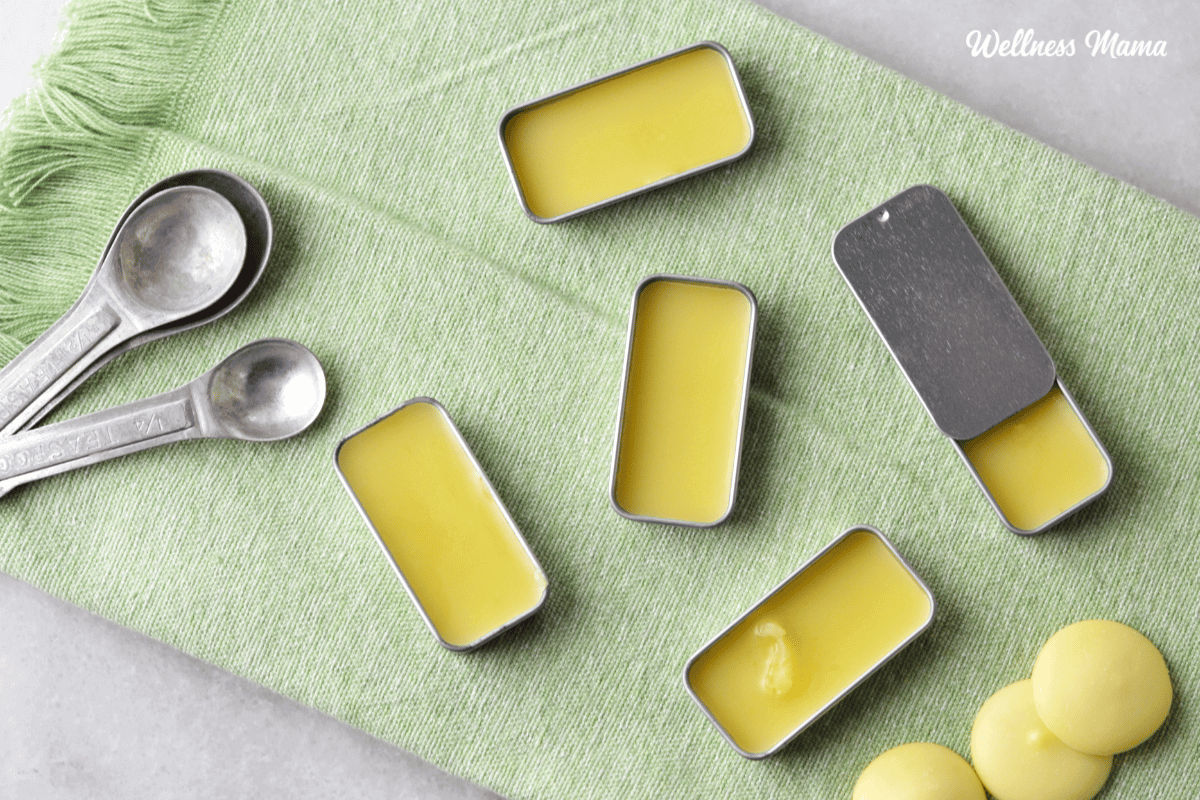

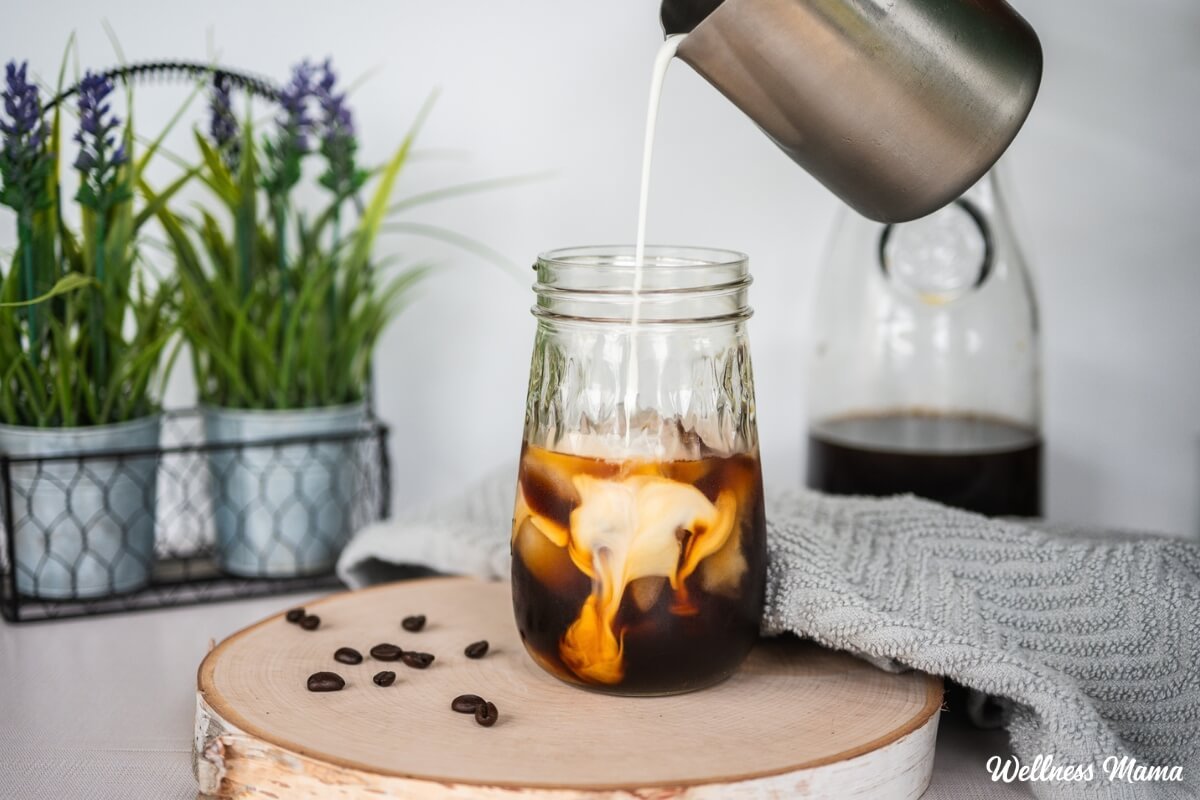
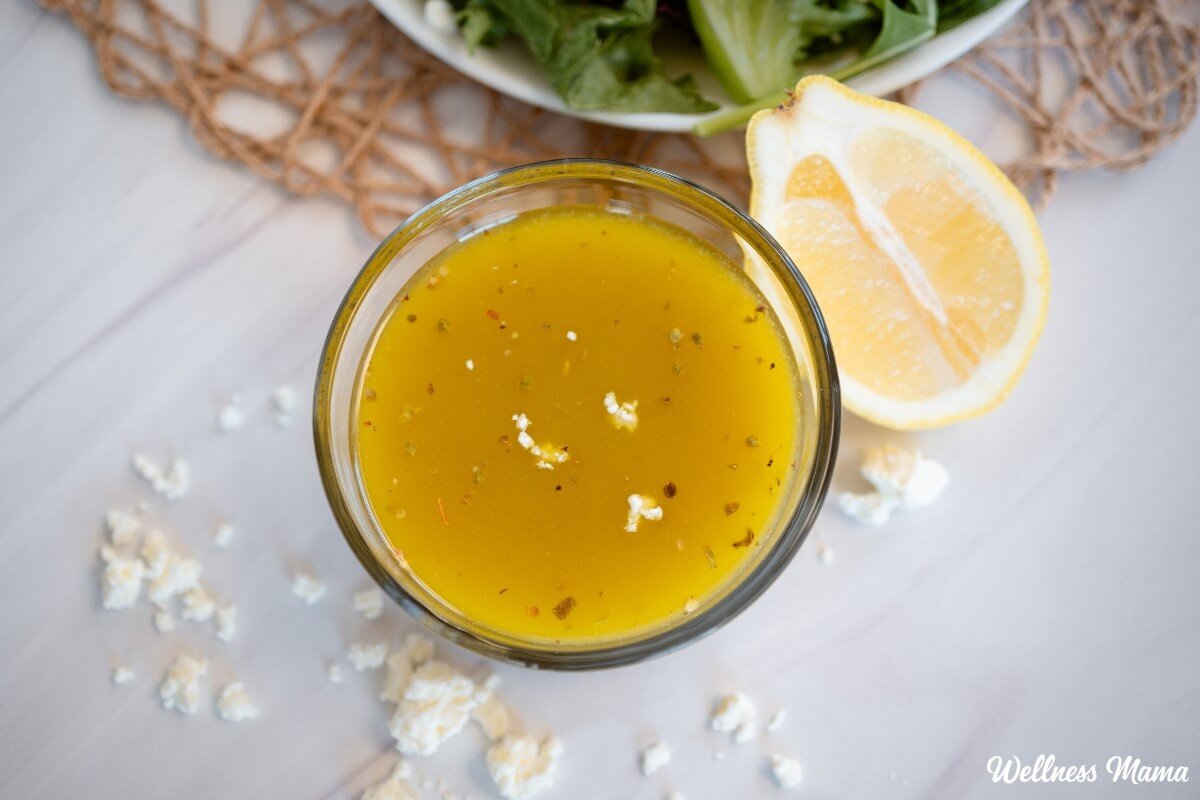
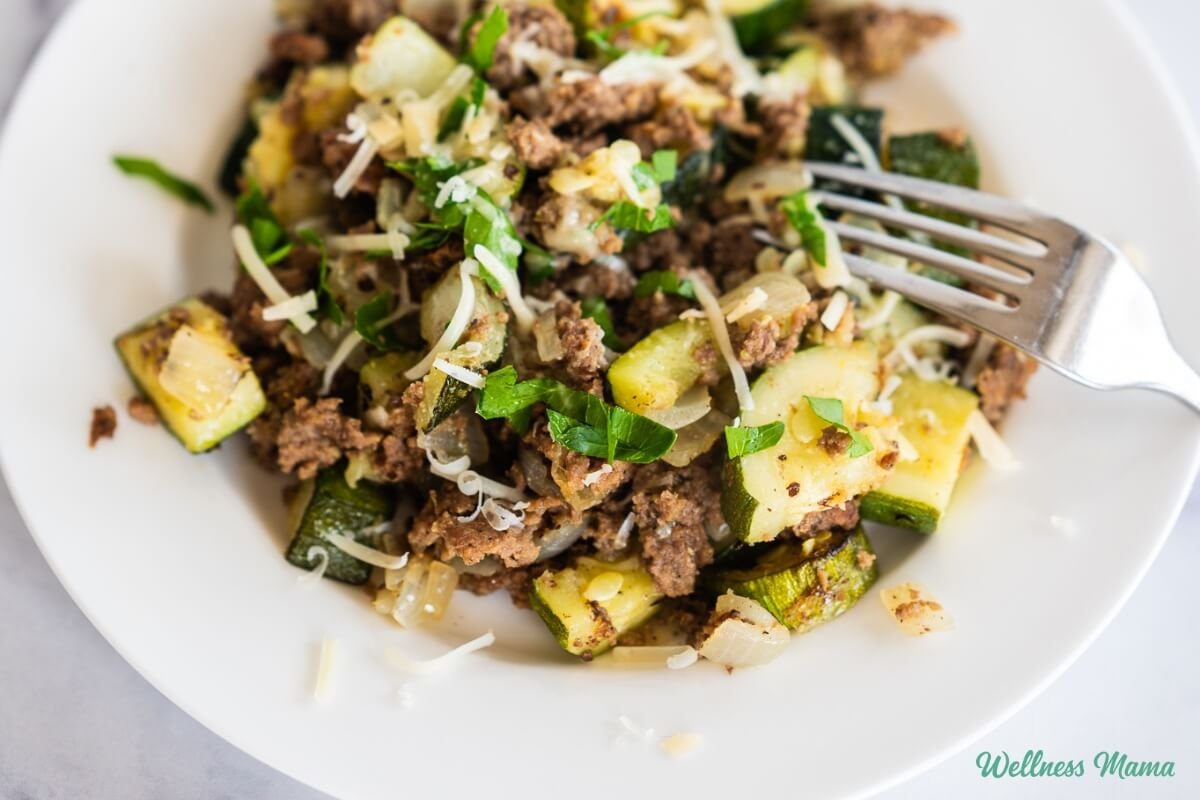
Leave a Reply